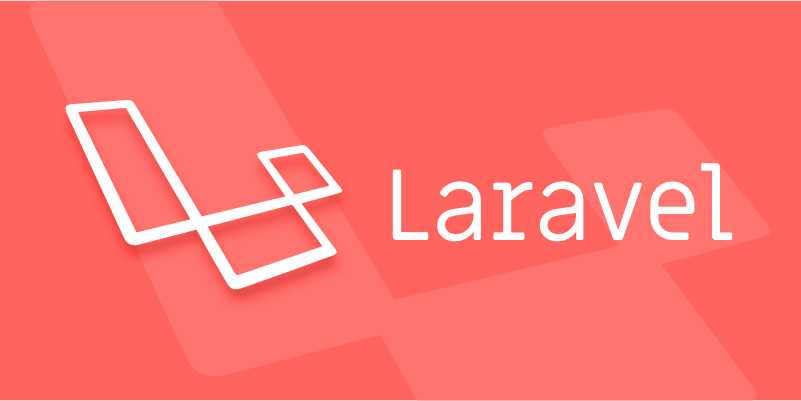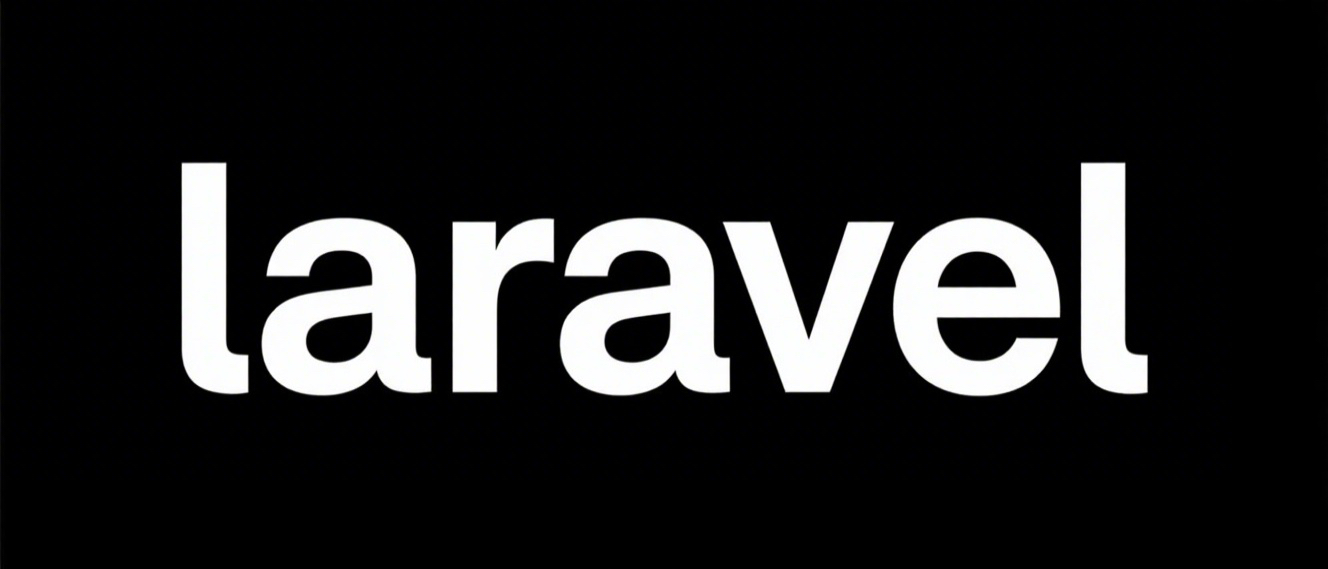Essential Security Practices for Protecting a Laravel Application
Jul 11, 2025 am 02:52 AMTo secure a Laravel application, you must keep Laravel and dependencies updated using composer update, use strong authentication and authorization with Laravel’s built-in tools and enforce middleware policies, protect against XSS, CSRF, and SQL injection by following best practices like input escaping and parameter binding, and secure your environment by managing .env files properly, setting APP_DEBUG=false in production, and avoiding storing secrets in code.

When it comes to securing a Laravel application, there are several essential practices you shouldn't skip. While Laravel itself is built with security in mind, developers still need to follow best practices to protect against common threats like SQL injection, cross-site scripting (XSS), and unauthorized access.

Keep Laravel and Dependencies Updated
One of the easiest yet most overlooked things is keeping your Laravel version and all packages up to date. Laravel regularly releases updates that include critical security patches.

- Use
composer updateregularly to pull in the latest stable versions. - Pay attention to Laravel’s official changelogs and security advisories.
- Tools like Sentry or Laravel Telescope can help monitor issues after deployment.
Outdated dependencies are one of the most common sources of vulnerabilities in PHP applications. It's not just about Laravel core — third-party packages used in your app should also be maintained and secure.
Use Strong Authentication and Authorization
Laravel provides solid tools for handling authentication out of the box, but how you implement and enforce policies matters.

- Always use Laravel's built-in authentication scaffolding (
php artisan make:auth) or Laravel Breeze/Sanctum when applicable. - Enforce password complexity rules using validation or packages like
password. - Make sure roles and permissions are properly enforced using middleware and policies.
For example, if you have an admin route, don’t just hide the link from non-admin users — actually block access at the middleware level. This prevents someone from simply typing the URL directly.
Also, consider enabling two-factor authentication (2FA) for sensitive accounts using Laravel Fortify or Jetstream.
Protect Against Common Web Vulnerabilities
Even with Laravel's protections, some security risks require extra attention:
-
XSS (Cross-Site Scripting) – Laravel’s Blade engine automatically escapes variables using double curly braces
{!! $var !!}. But avoid using triple brackets unless absolutely necessary, as they bypass escaping. -
CSRF (Cross-Site Request Forgery) – Laravel includes CSRF protection by default via middleware. Just make sure every POST/PUT/DELETE form includes
@csrf. - SQL Injection – Stick to Eloquent or Query Builder instead of writing raw SQL queries. If you must use raw expressions, always use parameter binding.
A classic mistake is concatenating user input into a query string, like this:
DB::select("SELECT * FROM users WHERE id = " . $_GET['id']);This opens the door for attackers to inject malicious SQL. Instead, bind parameters:
DB::select("SELECT * FROM users WHERE id = ?", [$_GET['id']]);Secure Your Environment and Configuration
The way you set up your environment and manage configuration files plays a big role in application security.
- Never commit
.envfiles to version control. Add them to.gitignore. - Use different environment files for local, staging, and production — especially for database credentials and API keys.
- Set
APP_DEBUG=falsein production. Leaving debug mode on exposes internal paths and system info.
Also, make sure your web server isn't serving sensitive files like .env, .git, or .env.backup. Configure your web root correctly — ideally pointing to the public/ directory only.
Another thing: never store secrets directly in code. Use environment variables and consider rotating them periodically.
That’s basically it. These steps aren’t overly complex, but they cover most of the major areas where Laravel apps get exposed. Stay consistent with these practices, and you’ll avoid a lot of trouble down the line.
The above is the detailed content of Essential Security Practices for Protecting a Laravel Application. For more information, please follow other related articles on the PHP Chinese website!

Hot AI Tools

Undress AI Tool
Undress images for free

Undresser.AI Undress
AI-powered app for creating realistic nude photos

AI Clothes Remover
Online AI tool for removing clothes from photos.

Clothoff.io
AI clothes remover

Video Face Swap
Swap faces in any video effortlessly with our completely free AI face swap tool!

Hot Article

Hot Tools

Notepad++7.3.1
Easy-to-use and free code editor

SublimeText3 Chinese version
Chinese version, very easy to use

Zend Studio 13.0.1
Powerful PHP integrated development environment

Dreamweaver CS6
Visual web development tools

SublimeText3 Mac version
God-level code editing software (SublimeText3)

Hot Topics
 What are routes in Laravel, and how are they defined?
Jun 12, 2025 pm 08:21 PM
What are routes in Laravel, and how are they defined?
Jun 12, 2025 pm 08:21 PM
In Laravel, routing is the entry point of the application that defines the response logic when a client requests a specific URI. The route maps the URL to the corresponding processing code, which usually contains HTTP methods, URIs, and actions (closures or controller methods). 1. Basic structure of route definition: bind requests using Route::verb('/uri',action); 2. Supports multiple HTTP verbs such as GET, POST, PUT, etc.; 3. Dynamic parameters can be defined through {param} and data can be passed; 4. Routes can be named to generate URLs or redirects; 5. Use grouping functions to uniformly add prefixes, middleware and other sharing settings; 6. Routing files are divided into web.php, ap according to their purpose
 What are policies in Laravel, and how are they used?
Jun 21, 2025 am 12:21 AM
What are policies in Laravel, and how are they used?
Jun 21, 2025 am 12:21 AM
InLaravel,policiesorganizeauthorizationlogicformodelactions.1.Policiesareclasseswithmethodslikeview,create,update,anddeletethatreturntrueorfalsebasedonuserpermissions.2.Toregisterapolicy,mapthemodeltoitspolicyinthe$policiesarrayofAuthServiceProvider.
 How do I create new records in the database using Eloquent?
Jun 14, 2025 am 12:34 AM
How do I create new records in the database using Eloquent?
Jun 14, 2025 am 12:34 AM
To create new records in the database using Eloquent, there are four main methods: 1. Use the create method to quickly create records by passing in the attribute array, such as User::create(['name'=>'JohnDoe','email'=>'john@example.com']); 2. Use the save method to manually instantiate the model and assign values ??to save one by one, which is suitable for scenarios where conditional assignment or extra logic is required; 3. Use firstOrCreate to find or create records based on search conditions to avoid duplicate data; 4. Use updateOrCreate to find records and update, if not, create them, which is suitable for processing imported data, etc., which may be repetitive.
 How do I run seeders in Laravel? (php artisan db:seed)
Jun 12, 2025 pm 06:01 PM
How do I run seeders in Laravel? (php artisan db:seed)
Jun 12, 2025 pm 06:01 PM
Thephpartisandb:seedcommandinLaravelisusedtopopulatethedatabasewithtestordefaultdata.1.Itexecutestherun()methodinseederclasseslocatedin/database/seeders.2.Developerscanrunallseeders,aspecificseederusing--class,ortruncatetablesbeforeseedingwith--trunc
 What is the purpose of the artisan command-line tool in Laravel?
Jun 13, 2025 am 11:17 AM
What is the purpose of the artisan command-line tool in Laravel?
Jun 13, 2025 am 11:17 AM
Artisan is a command line tool of Laravel to improve development efficiency. Its core functions include: 1. Generate code structures, such as controllers, models, etc., and automatically create files through make: controller and other commands; 2. Manage database migration and fill, use migrate to run migration, and db:seed to fill data; 3. Support custom commands, such as make:command creation command class to implement business logic encapsulation; 4. Provide debugging and environment management functions, such as key:generate to generate keys, and serve to start the development server. Proficiency in using Artisan can significantly improve Laravel development efficiency.
 How do I install Laravel on my operating system (Windows, macOS, Linux)?
Jun 19, 2025 am 12:31 AM
How do I install Laravel on my operating system (Windows, macOS, Linux)?
Jun 19, 2025 am 12:31 AM
Yes,youcaninstallLaravelonanyoperatingsystembyfollowingthesesteps:1.InstallPHPandrequiredextensionslikembstring,openssl,andxmlusingtoolslikeXAMPPonWindows,HomebrewonmacOS,oraptonLinux;2.InstallComposer,usinganinstalleronWindowsorterminalcommandsonmac
 How do I define methods (actions) in a controller?
Jun 14, 2025 am 12:38 AM
How do I define methods (actions) in a controller?
Jun 14, 2025 am 12:38 AM
Defining a method (also known as an action) in a controller is to tell the application what to do when someone visits a specific URL. These methods usually process requests, process data, and return responses such as HTML pages or JSON. Understanding the basic structure: Most web frameworks (such as RubyonRails, Laravel, or SpringMVC) use controllers to group related operations. Methods within each controller usually correspond to a route, i.e. the URL path that someone can access. For example, there may be the following methods in PostsController: 1.index() – display post list; 2.show() – display individual posts; 3.create() – handle creating new posts; 4.u
 How do I run tests in Laravel? (php artisan test)
Jun 13, 2025 am 12:02 AM
How do I run tests in Laravel? (php artisan test)
Jun 13, 2025 am 12:02 AM
ToruntestsinLaraveleffectively,usethephpartisantestcommandwhichsimplifiesPHPUnitusage.1.Setupa.env.testingfileandconfigurephpunit.xmltouseatestdatabaselikeSQLite.2.Generatetestfilesusingphpartisanmake:test,using--unitforunittests.3.Writetestswithmeth






